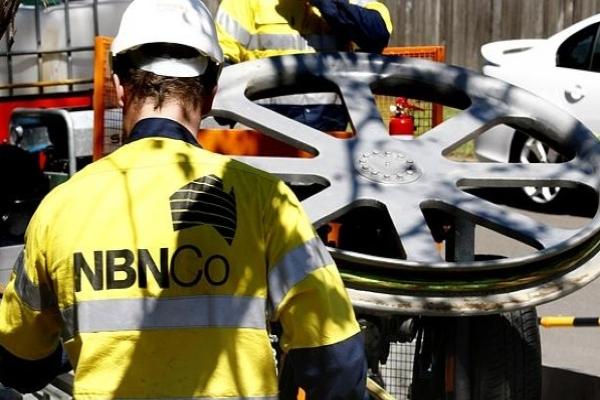Published on the 29/08/2016 | Written by Beverley Head

The national broadband network will use up the last of its Government funding this year…
With a $29.5 billion cap on the Government funds available to build the national broadband network (NBN), Nbn co has started the process of looking for the additional $20 billion or so that it will need to complete the rollout by 2020.
Communications minister Mitch Fifield said on Friday that there was around $9 billion of Government equity left, which should see the company through to the end of the next financial year. It won’t, however, be enough to complete the full rollout, which is expected to cost around $49 billion, though the company has acknowledged that could blow out to $54 billion.
Releasing its corporate plan on Friday, Nbn CEO Bill Morrow said that the company was in the market seeking funds – and had approached ratings agencies for a credit rating as a first step.
While he said that there was more costings certainty in this corporate plan than has been possible previously – largely because most supplier contracts have been negotiated giving greater costing certainty – there have been some surprises. For example Nbn co initially believed that the cost per premises of deploying HFC (hybrid-fibre-coaxial) would be $1,800 – that has now blown out to $2,300.
The multi-technology mix of the NBN has meant the company can wind back the number of premises accessed by HFC from an original 4 million to potentially as few as 2.5 million, and deploy less costly technology in order to keep the budget on track.
As to the speed available to users, Morrow said that more than 80 percent of current users had access to speeds of 25 Mbps and up, and that by 2020 Australia would be in a competitive position internationally. He also said the network itself would be in an “agile position” and could be upgraded if demand arose.
According to the Minister, the multi technology mix has delivered Nbn co the opportunity to deploy technology appropriate for a particular site while creating a foundation that would allow the network to be, “Refreshed or augmented as new and more cost efficient technologies emerge and customer expectations change.”
Morrow said that the company was confident that it could complete the network rollout by 2020, that by some financial measures it would be cash flow positive by 2019, and that it would have revenues of $5 billion by 2020. He acknowledged however that any financial forecasts could be impacted by competition and regulatory issues.



























